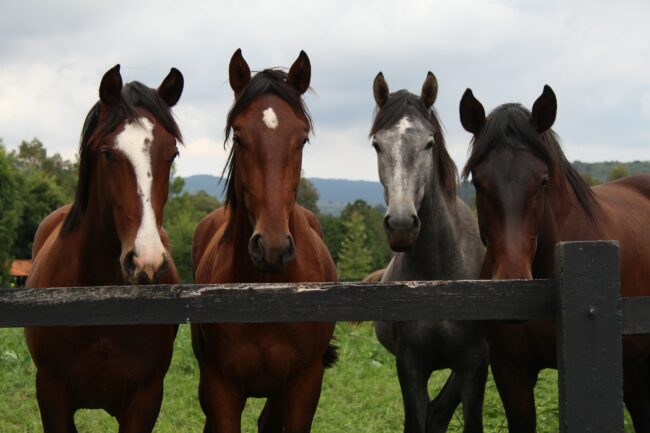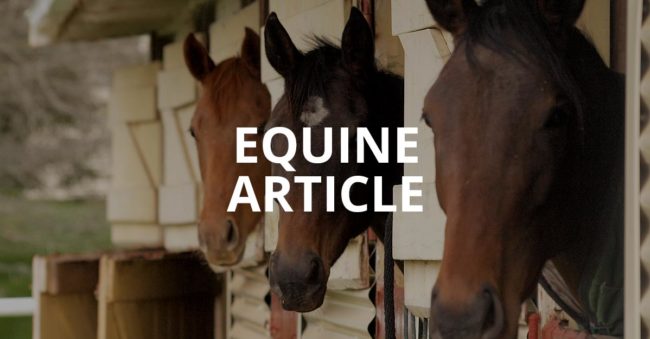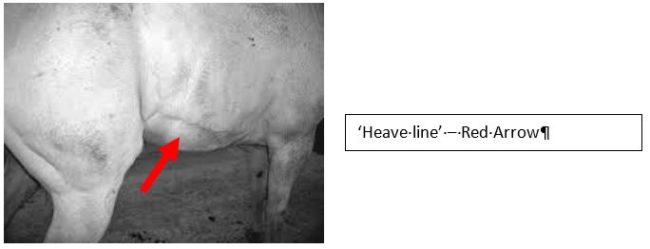Winter Equine Seminar
SAVE THE DATE FOR OUR ANNUAL EQUINE SEMINAR AND WINTER CATCH UP! Dannevirke Seminar Thursday 20 July 6.30 – 8.30pm Free to attend, refreshments and nibbles provided and spot prizes to be won. Topics will cover respiratory disease, dealing with equine emergencies and shockwave treatment. Please give us a call to register your…





